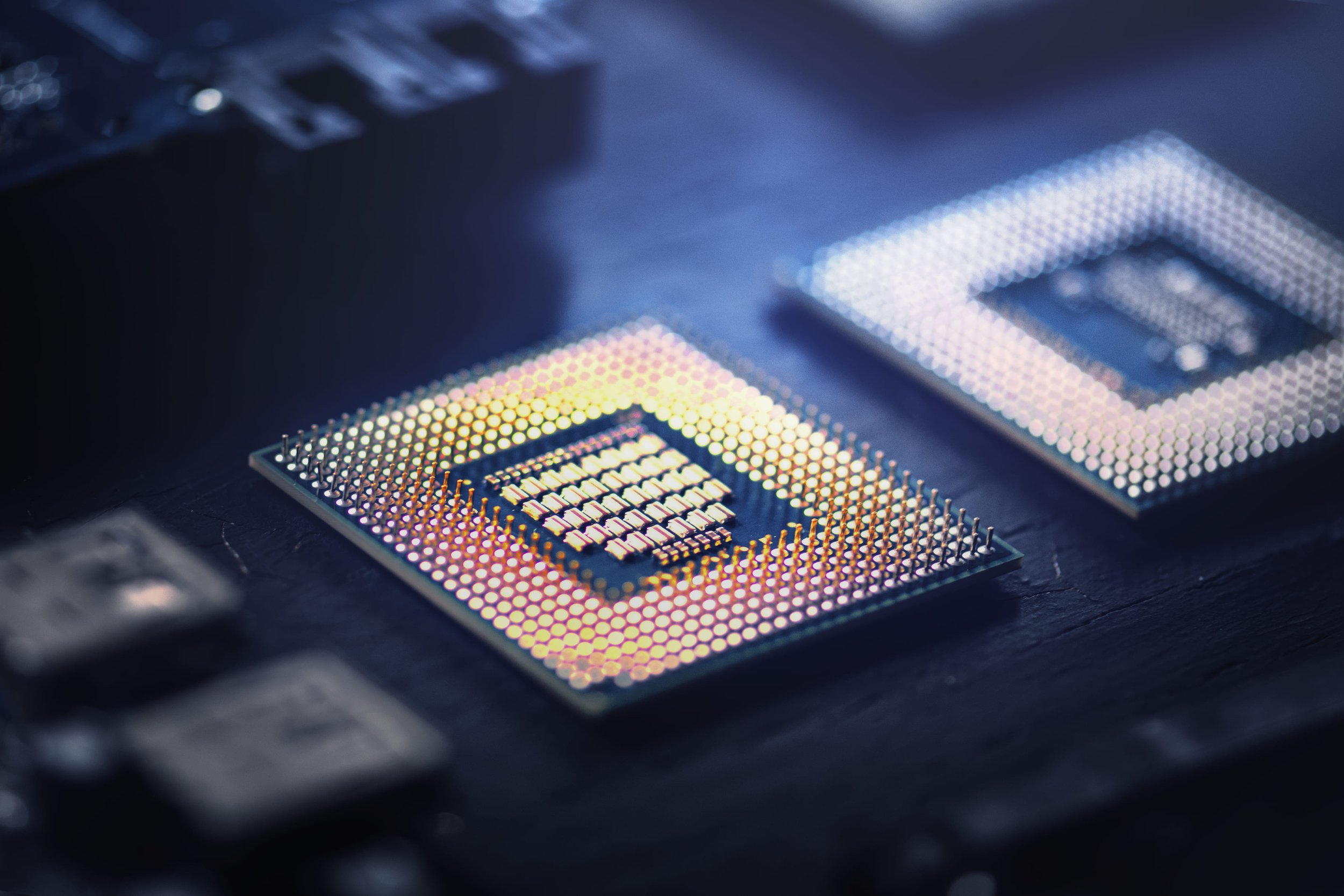Thermal characterization of complex electronics: A basic primer on structure functions
Evolution of power, size and temperature in electronics design
The major cause of system breakdown used to be overheating of critical components. At the hottest points in some of these systems, semiconductor junctions can reach 150°C or more, getting very close to the limits of their operation. These high temperatures will modify and eventually destroy the circuit operation unless excess heat is removed from the chip. But failure analysis shows that in today’s system designs, this is not the only problem.
Typical component breakdown can also be caused by repeated thermal transients. Heating and cooling induces shear stresses at the material interfaces in the package structure (die attach, solder joint), which result in delamination, tear off, etc. The lack of heat removal through the resulting diminished contact area can cause thermal runaway.
Cooling is a 3D effect
For a long time, packaged electronic components were represented by a single thermal resistance in the datasheet. Power devices were usually encapsulated in packages with a dedicated cooling surface, called the “case.” In discrete semiconductors (diodes, transistors), the hottest portion of the device was the pn-junction. As a first estimation, the engineer accepted that the temperature rise of the junction above the surface on which the package was mounted was the supplied thermal resistance multiplied by the applied power.
In conventional electronics as well as in solid-state lighting, the junction temperature (TJ) is a primary quantity that influences system reliability and lifetime. The junction temperature of an LED is a performance indicator of the thermal design, and many properties of the light output of an LED depend on the absolute junction temperature.
Single thermal resistance values such as the junction-to case (RthJC) are still part of datasheets used for component selection and in the early design phase. However, the complex three-dimensional nature of the cooling can only be predicted using sophisticated simulation tools that are combined with thermal measurements.
The thermal transient measurement method was developed to address these issues, providing a better solution than using thermal sensors. Today, accurate thermal characterization is needed to be able to create an optimal design for electronic systems. Thermal characterization techniques help to provide better results when developing models for simulation. Using the combination of thermal characterization, thermal transient testing and 3D thermal modeling saves time and costs by reducing the need for iterations of physical prototypes, re-spins during production and recalls of defective products from the field.
At its basic level, thermal transient testing means applying a steady, low power level to the device and then instantly switching to a higher level to observe a heating transient. Similarly, switching from a higher power level to a lower one, the cooling of the device can be monitored. These transients can be completely captured until the steady state is reached. For many more details on the math, theory and techniques behind the development of thermal transient testing techniques from this base point to what is commonly used today, see the book Thermal Management for LED Applications.
Structure functions: A revolution of interpretation
The development of thermal transient measurements for model creation has culminated in the Cauer-ladder network model. This model is useful for associating circuit elements with physical regions. The behavior described by the model is the basis for identifying the heat-flow path using “structure functions.” Researchers at the University of Budapest developed structure-function analysis methods to fulfill the need for greater interpretation inside packages. Methods for thermal testing of packaged semiconductor devices were introduced by Székely, and they have radically changed the interpretation of thermal measurements. As a result, the Simcenter T3STER™ thermal transient analysis software system was created.
Structure functions transform the thermal transient measurement result into a thermal resistance versus thermal capacitance profile, which provides detailed thermal information of each layer the heat passes through, from junction to ambient. This enables identification of the physical characteristics of layers such as die attach, base, package, heatsink and even cooling devices such as a fan.
With this method, engineers are now able to identify the die-attach failures of single-die packages, produce a dynamic compact model of cooling mounts for faster board-level design, conduct thermal reliability tests for an LED package, and even evaluate the thermal performance at the system level, such as a laptop computer or laser printer.
To find out more join our PHYSICAL SEMINAR on Thermal characterization of complex electronics: A basic primer on structure functions organized in collaboration with Siemens, that will be held on FRIDAY, 10TH MARCH 2023 starting from 09:00 AM to 12:30 PM.
During this FREE Physical Seminar, you will learn:
Thermal simulation and test solutions for electronics and semiconductors
Principles of Semiconductor package thermal characterization
Thermal metric reliability quality
AGENDA:
09:00 AM - 09:30 AM: Registration & Coffee/Tea
09:30 AM – 09:35 AM: Siemens overall introduction
09:35 AM - 09:45 AM: AscendTech/ETS Solutions overall introduction
09:45 AM – 10:25 AM: Introduction to Siemens thermal simulation and test solutions for electronics and semiconductors
10:25 AM – 11:00 AM: Principles of Semiconductor package thermal characterization, thermal metric reliability quality
11:00 AM – 11:30 AM: Q & A
11:30 AM – 12:30 PM: Lunch & Networking
LOCATION:
Siemens Industry Software Pte Ltd
Address: The Siemens Center,
60 Macpherson Road, Singapore 348615
E-mail: marketing@ascend-tech.com
Telephone: +65 6340 1036
Sources:
Siemens Digital Industries Software


